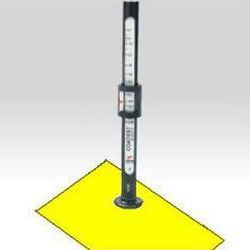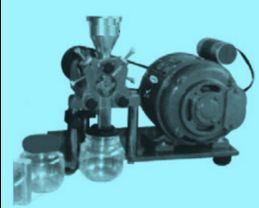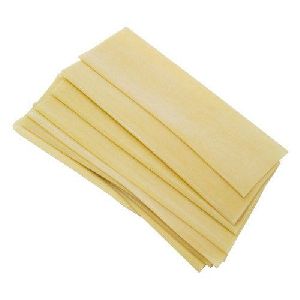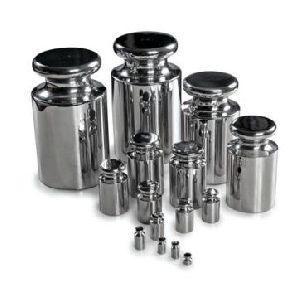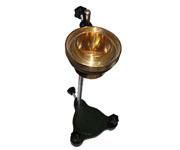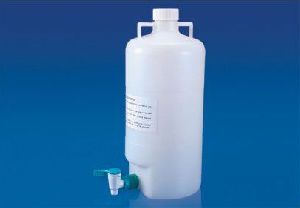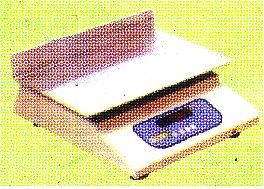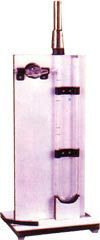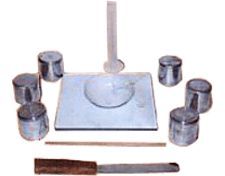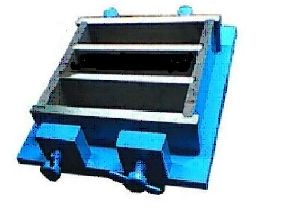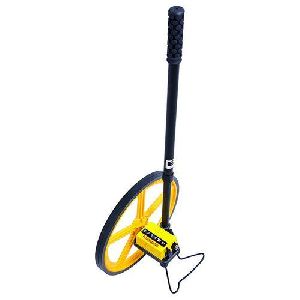- Sadar Bazar, Delhi
- +91-9310646767, +91-9278989896
| Business Type | Manufacturer, Exporter, Supplier |
| Country of Origin | India |
| Shape | Round |
| Brand Name | Rupson |
Preferred Buyer From
| Location | Worldwide |
The knowledge of hydraulic conductivity benefits scientists, land managers, and growers, by indicating how quickly water will infiltrate when applied to a given field or soil type. Infiltration is also relevant in contaminant transport, ground water recharge and ecosystem sustainability. The hydraulic conductivity of the soil is the rate at which water can move through the soil under certain conditions and hydraulic gradients. Water movement through soil typically happens under saturated and unsaturated conditions. Because the Mini Disk Infiltrometer is a tension infiltrometer, it measures the unsaturated hydraulic conductivity of the medium it is placed on at different applied tensions. Flow through an unsaturated soil is more complicated than flow through continuously saturated pore spaces. Macropores are filled with air, leaving only finer pores to accommodate water movement. Therefore, the hydraulic conductivity of the soil is strongly dependent on the detailed pore geometry, water content, and differences in matric potential
The Mini Disk Infiltrometer measures the hydraulic conductivity of the medium it is placed upon. Because the infiltrometer has an adjustable suction (0.5 to 7 cm) you can get additional information about the soil by eliminating macropores with an air entry value smaller than the suction of the infiltrometer. This is done by controlling the infiltration with a small negative pressure or suction. When the water is under tension or suction, it will not enter macropores such as cracks or wormholes, but will only move into and through the soil as determined by the hydraulic forces in the soil.


